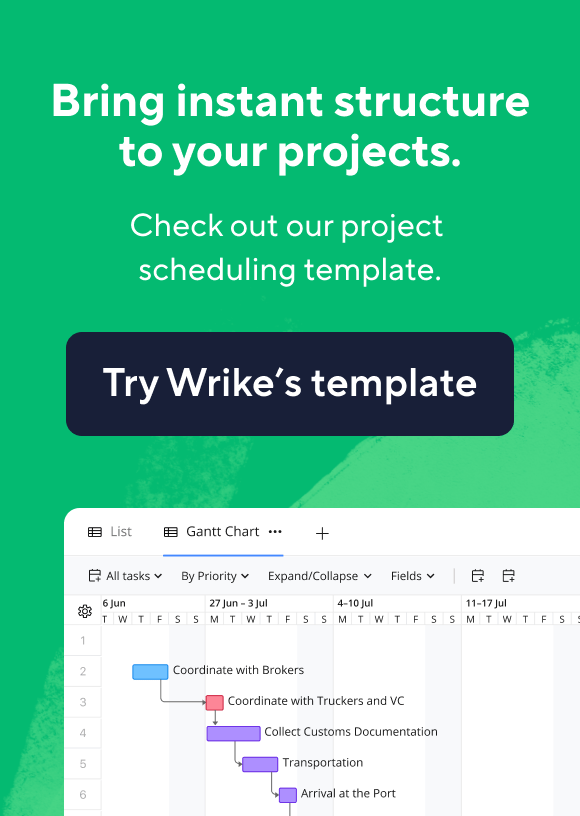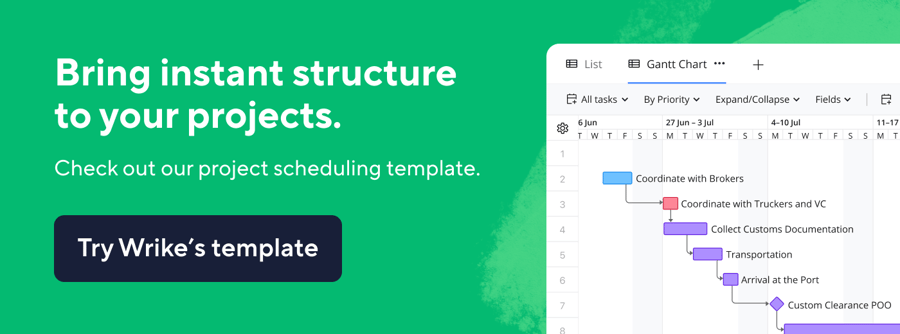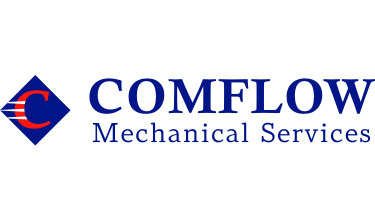Key takeaways:
- What is a BRD? A business requirements document (BRD) is a detailed outline of project objectives, scope, and requirements essential for stakeholder alignment and project success.
- What are the key components of a BRD? Include an executive summary, project objectives using the SMART system, a needs statement, project scope, stakeholder identification, project constraints, a timeline, and a cost-benefit analysis.
- What are the benefits of a BRD? It ensures clear project scope, aligned stakeholders, better resource allocation, enhanced communication, and cleaner change management, reducing risks and streamlining success measurement.
- What is the difference between and a BRD and FRD? A BRD defines overall business goals, while a functional requirements document (FRD) focuses on specific tasks to achieve those goals.
- What are some tips for writing a BRD? Prioritize key requirements, use clear language, gather stakeholder feedback, and encourage iteration to create an effective and adaptable document.
An effective BRD (business requirements document) is essential for the success of any project. It outlines the project’s objectives, scope, and requirements in detail, ensuring that all stakeholders have a clear understanding of what needs to be achieved.
Business analysts play a crucial role in creating BRDs, as they gather requirements, draft the document, and collaborate with other stakeholders to ensure alignment with business objectives.
What is a business requirements document (BRD)?
A business requirements document (or BRD, for short) is a structured list of everything that is required for a new project, program, or business operation. It’s created to describe a need, a solution, or an objective, along with an outline of how the project is expected to proceed.
Clear business goals are essential in a BRD as they help ensure that all stakeholders have a shared understanding of the project’s objectives, which is crucial for project success.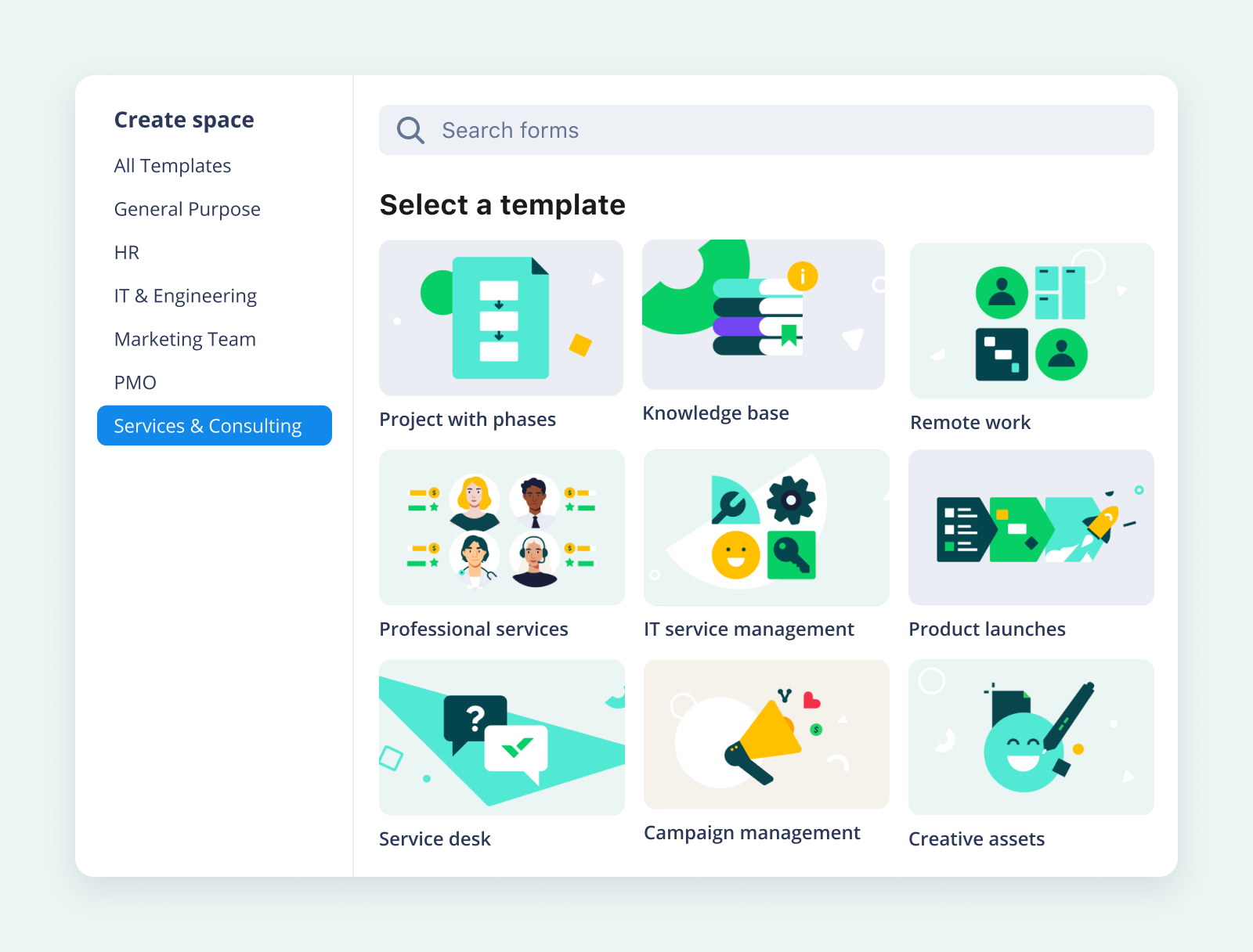
What are the main components of a business requirements document?
In my role as Director of Account Development at Wrike, I’ve put together a lot of BRDs in my time. I know that it’s important to include the crucial elements necessary for creating an effective BRD, including the project’s goals, requirements, and scope.
Here are a few key elements you should consider including in every business requirements document:
An executive summary
Summarize the project’s requirements; they’re the key points of the entire document.
Project objectives
Define goals, outcomes, and other deliverables using the SMART system for project objectives.
A needs statement
Justify why the project is necessary to ensure it aligns with your business strategy.
Project scope
Set clear boundaries to keep the project on track and prevent scope creep.
Requirements
List everything that stakeholders will be required to do or provide (including technical and high-level details).
Key stakeholders
Identify team members, roles, and resource requirements for the project.
Project constraints
Highlight any limitations and outline a plan for how you will address them.
Schedule, timeline, and milestone deadlines
Create expected timelines with dependencies, milestones, and deadlines for deliverables.
Cost-benefit analysis
Carry out a cost-benefit analysis to help you measure the return on investment (or expected ROI) of the project.
Glossary
Explain key industry, business, or project-specific terms so that everyone understands what they’re dealing with.
Benefits of writing a business requirements document
It might require a few more minutes out of your day, but there are lots of good reasons why you should devote some time to writing an effective business requirements document. These include:
- Clear project scope: A good BRD will define a project’s boundaries, ensuring all stakeholders have a shared understanding of what will be delivered.
- Aligned stakeholders: Facilitating consensus among leadership, management, and teams reduces miscommunication and uncertainty.
- Better resource allocation: By identifying requirements early, a BRD helps assign, manage, and optimize available resources.
- Enhanced communication: A BRD serves as a single source of truth for cross-functional teams and internal and external stakeholders.
- Cleaner change management: Things change, but a good BRD makes it easy to adjust, alter, or replace elements while maintaining overall project health.
- Reduced risk: Part of the process of writing a BRD is risk management. Take time to identify them and find mitigation strategies before those risks become problems.
- Streamlined success measurement: By providing benchmarks, a BRD makes it easier to evaluate project outcomes, supporting continuous improvement.
- Repeatable design: A BRD that helps deliver a successful project can be finessed and templated for repeat use, enhancing uniformity, efficiency, and productivity.
A BRD also serves as a guide to ensure clarity and focus, facilitating the development of an effective business solution to meet the identified business needs.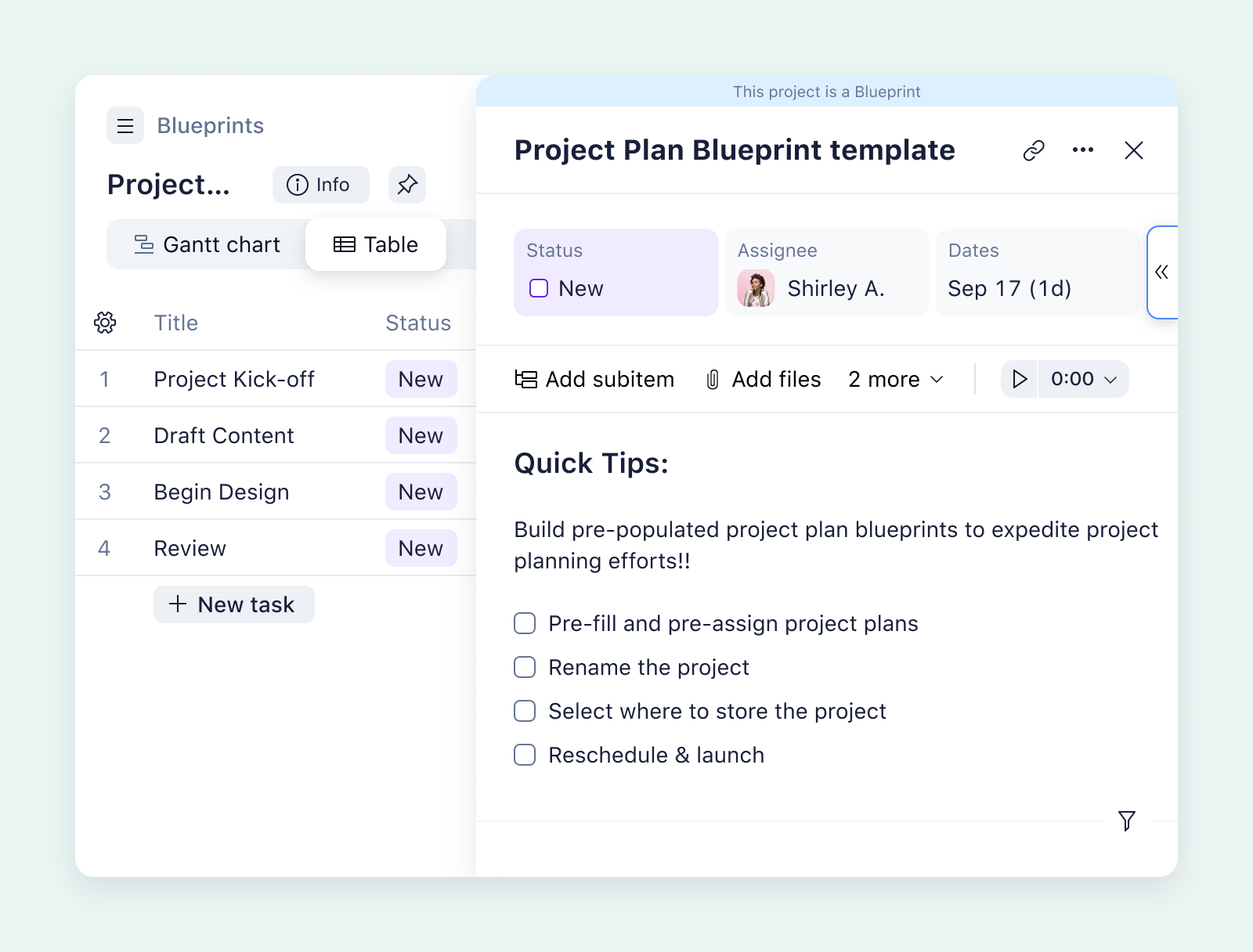
Business requirements document vs. functional requirements document
The difference between business requirements and functional requirements is the purpose. While a business requirements document provides stakeholders with an in-depth overview of your project requirements, a functional requirements document (FRD) describes how to carry out certain tasks to complete the project. In any software project, a BRD is crucial for outlining the business objectives and ensuring alignment with company goals.
Think of these documents like purchasing and using a cookbook. The BRD represents the cookbook, as the front cover and table of contents give a general idea of what you’ll be making. The FRD is similar to the individual recipes with instructions on how to cook certain creations.
In some cases, a functional specification document might be needed to add further details to these tasks, providing developers with the technical language needed to implement precise features and functions.
There are other document types too, which include, for example:
- Non-functional requirements: As detailed as functional requirements, these discuss how a project should run and what the user experience looks like upon project completion.
- User requirements: These are more detailed than business requirements, and they outline the actions that users can take with the finished deliverables.
- Product requirements: Usually more detailed than both business and user requirements, these guide teams on how to effectively create and sell the desired product.
How to write a business requirements document in 5 steps
It’s actually quite easy to write a business requirements document by following a series of simple steps, detailing project objectives, needs, and the timeline for successful project execution.
If you’re in a hurry, check out our table below.
| Step | What to do | Why it matters |
| Review past projects |
Analyze successful past project documents |
Identify what worked, avoid past mistakes |
| Gather requirements |
Use methods like interviews, workshops, and prototyping |
Capture all stakeholder needs accurately |
| Use clear language | Avoid jargon and technical terms | Ensure everyone understands, regardless of role |
| Add visuals | Use diagrams and charts (e.g., business process maps) |
Help explain ideas to visual learners |
| Get feedback | Ask stakeholders to review and validate the document | Ensure alignment and catch missing detail |
If you’d like a little more detail, read on to understand exactly what’s involved in each step of the process.
1. Start by learning from previous successful projects
Let’s not reinvent the wheel. If you’ve already completed successful projects, take a moment to review them and use these insights to outline a new business requirements document. Ask yourself:
- What worked well?
- What didn’t work?
- Were there any hurdles we had to overcome?
- What dependencies did the team create?
- What were the elicitation methods used to gather requirements?
Capture your requirements
Here’s the real meaty part of a BRD: gathering requirements. These might range from small technical details (using particular system requirements) to high-level (like a budget increase).
While you certainly don’t have to use all of them, “A Guide to the Business Analysis Body of Knowledge” (BABOK® Guide) lists some of the most commonly used requirements elicitation methods, including:
- Brainstorming: Get people together and gather ideas
- Document analysis: Review existing documentation, including previous BRDs
- Focus groups: Identify stakeholders to gather input on specific details
- Interface analysis: Interact with an application and monitor feedback
- Interviews: Hone in on stakeholders’ thoughts and perspectives
- Observation: Watch and learn from a process or workflow
- Prototypes: Test a potential solution in real life
- Workshops: Work from a predetermined agenda to get answers
- Surveys: Question larger groups for wider feedback
Want to get started fast? Try our requirements management template.
2. Use clear, jargon-free language
The shorter, clearer, and more succinct your BRD is, the more effective it will be. Dispense with jargon, simplify technical terminology, and use plain English (or your language’s equivalent) when writing.
Generative AI solutions can really help with this. For example, Wrike’s Work Intelligence® can write text from scratch, or adjust the tone, shorten, or summarize it. You can even use it to correct errors and translate the same text into multiple languages.
A glossary is useful too. Put together a list of commonly used names, acronyms, or descriptions in the BRD so anybody unfamiliar with a term can find its meaning quickly.
3. Add visual elements to make content more digestible
Who enjoys reading reams of black-and-white text? Most humans prefer some visual aids, such as illustrations, images, or infographics.
In fact, according to Forbes, “91% of consumers now prefer interactive and visual content over traditional, text-based or static media.” That means you should take some time to add compelling visuals to your BRD.
For example, a business process diagram often appears in a business requirements document. Mapping out business processes in their current state versus the proposed future state can help communicate requirements with ease.
4. Ask team members to review your document
Once you’ve finished your business requirements document, ask stakeholders to review it and validate it. This will allow you to confirm that you’ve captured all of the requirements accordingly and allow stakeholders to provide feedback and make changes before the project begins.
As an added bonus, completing a review process also contributes to overall alignment, setting your team up for success from the get-go.
Tips for writing a business requirements document
Those five steps will help you get started on a straightforward BRD. But here are my top tips to make it really come alive, based on my years of experience managing complex projects.
Want the TL;DR? Take care when documenting business requirements to ensure that everyone involved understands the BRD, so they can align team members and stakeholders on broader business goals.
1. Prioritize key requirements
Not every requirement deserves equal weight. Use prioritization methods like Dai Clegg’s MoSCoW matrix (categorizing requirements into must-have, should-have, could-have, and won’t-have) to focus on what really matters most.
2. Check in with stakeholders
Circumstances can change quickly in modern workplaces, and you shouldn’t consider any BRD to be set in stone. Check with key stakeholders regularly to make sure resources, priorities, and project implementation plans are still intact.
3. Define success metrics
Is a project still a success if it was delivered a month late and 20% over budget? Maybe, depending on your organization and industry. Choose KPIs, acceptance criteria, or established benchmarks in advance to help with post-project evaluation.
4. Encourage iteration
A BRD is a living document that should be improved with every project, whether it experienced complete success or project failure. Seek out feedback and use it to build back better in future iterations, making sure your BRD grows as you do. The BRD should be written clearly to ensure thoroughness and relevance.
Business requirements document example
Ready to create your own business requirements document? Don’t waste time searching: we have a tried-and-tested example from our Wrike teams. Examples are crucial to understanding the structure and content of effective BRDs.
Imagine if your organization wants to find a way to track employee performance and key performance indicators (KPIs). Here’s what a very simple document might look like for this type of project. A well-crafted BRD addresses a specific business problem by gathering complete and well-defined requirements that align with the company’s objectives.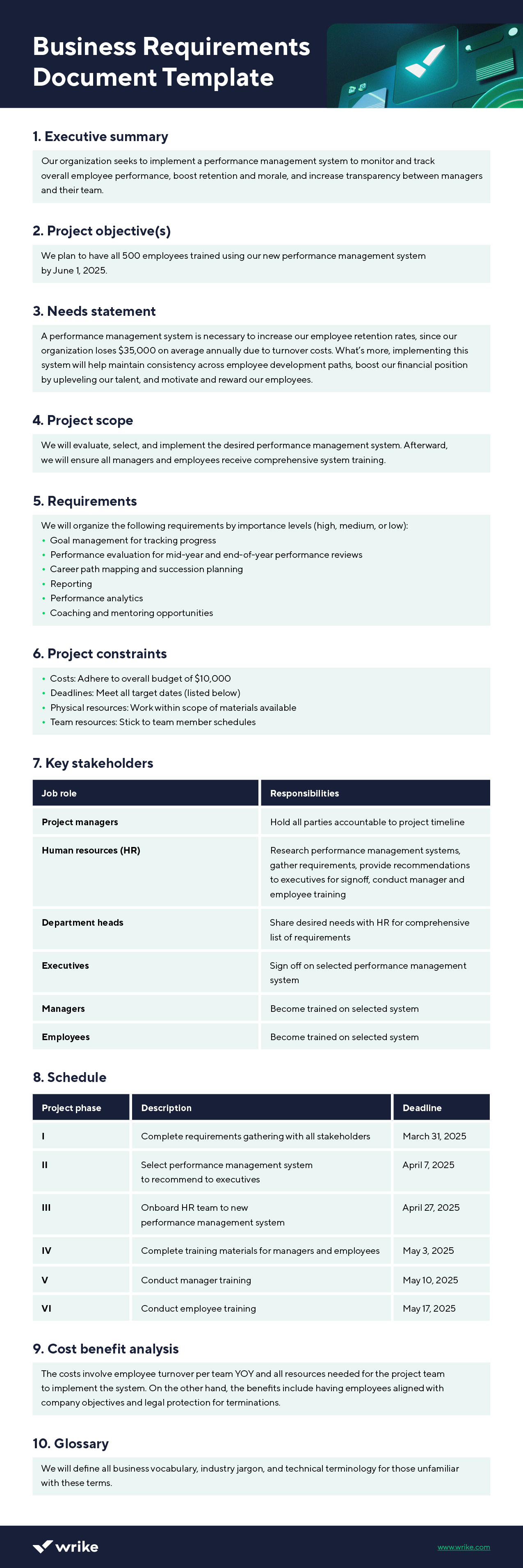
Business requirements document template
Like the above example? Create your own effective business requirements document in seconds with Wrike’s ready-to-use BRD template — free to try in a two-week trial.
We’ve made it easy for you by breaking down the document into 10 headings. All you have to do is fill in your own key components, from an executive summary all the way to stakeholders, scope, and cost-benefit analysis.
As your business grows and user expectations change, your documentation needs will naturally evolve, and our templates are designed to adapt to these changes.
Choose your preferred format and click to download a template now:
- Business requirements document template in Word
- Business requirements template in PDF
- Free business requirements document template (editable)
How to plan a business requirements document with Wrike
Wrike doesn’t just make it easy to write business requirements documents. Our software can strip out stress from every part of your job, from project planning to resource management, execution, and reporting. BRDs play a crucial role in software development by ensuring that all requirements are clearly documented and understood.
Take Comflow, for example. This Houston-based construction company transformed its project management with Wrike and achieved a 25% reduction in email, a 25% boost in productivity, and a 30% increase in revenue year over year.

Organization, efficiency, and collaboration increased by nearly immeasurable amounts.
Granger Snodgrass, Vice President of New Construction
With a range of features, tools, and automations, we can streamline your entire workflow, enhancing collaboration, boosting productivity, and accelerating delivery. A well-defined project scope allows the project team to stay aligned with business requirements and prevents scope creep.
Now that we’ve brought Klaxoon into Wrike, we can even offer you a full host of visual collaboration tools, like Boards, Quizzes, Memos, Mindmaps, and more.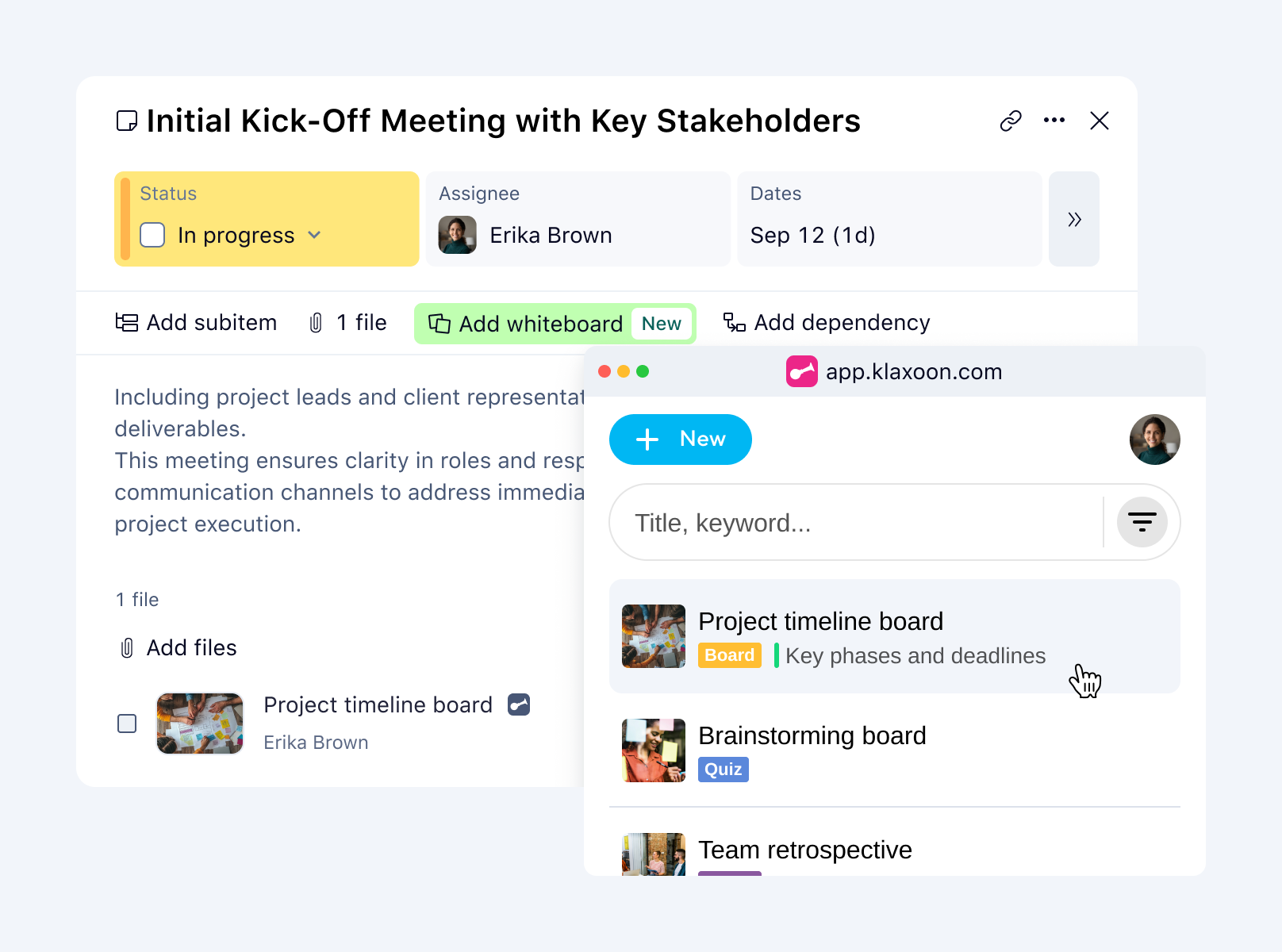
Together, we can make work flow — start your free trial now to see for yourself.



